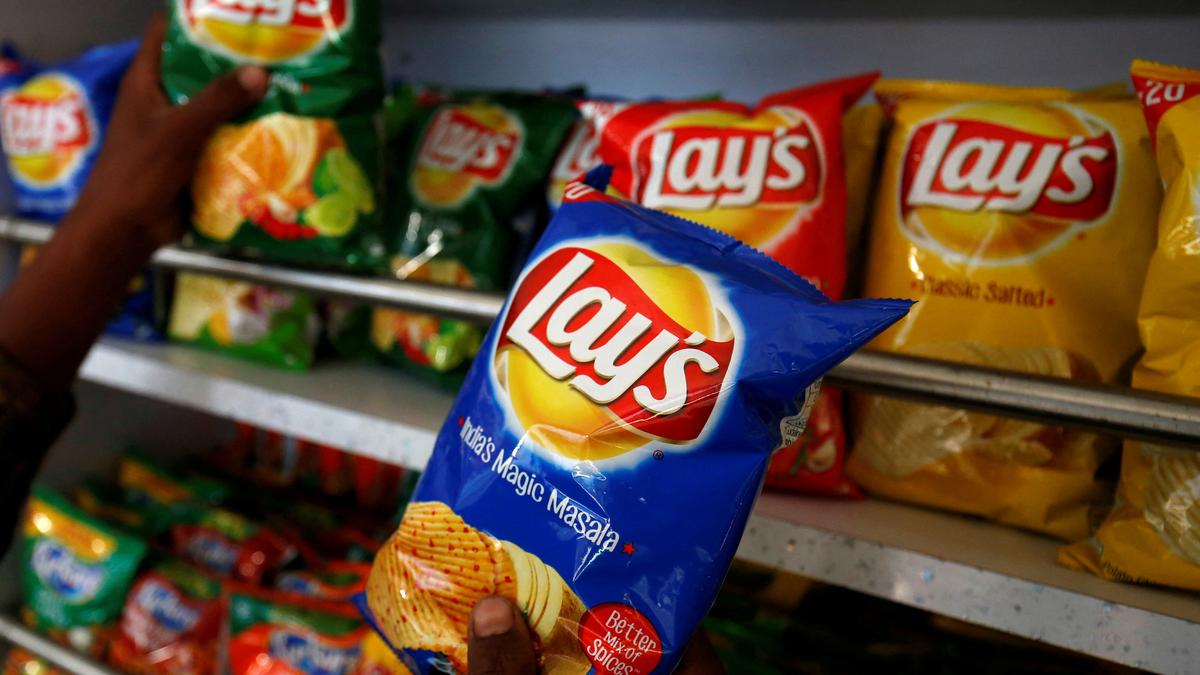Economic Survey 2024-25: Levy higher tax rate for ultra-processed foods (UPFs)


Economic Survey 2024-25: Levy higher tax rate for ultra-processed foods (UPFs)
The government should look at bringing in higher tax rate for ultra-processed foods (UPFs) and may also be considered a ‘health tax’ measure targeted specifically at brands/products that advertise these foods, noted the pre-Budget Economic Survey 2024-25, tabled in Parliament on Friday (January 31, 2025) by Union Finance Minister Nirmala Sitharaman.
The suggestion further said that the Union Ministry of Health and Family Welfare should urgently define nutrient thresholds for sugars, salt, and saturated fats to regulate advertising, adopt warning front-of-pack labels (FOPL), and impose stricter marketing restrictions on unhealthy foods, especially targeting children under 18.
Follow Economic Survey 2024-25 LIVE updates
Calling for a multi-pronged approach to address the concerns emerging from the increased inclusion of UPFs in diets in India, the survey said that misleading nutrition claims and information on UPFs need to be tackled and should be brought under the scanner.
The Food Safety and Standards Authority of India (FSSAI) could consider bringing UPFs under regulation with a clear definition and standards, including stricter labelling requirements, it stated while adding that self-regulation has not been very effective in this regard.
Besides this, the Economic Survey calls for improved monitoring of branded products to ensure compliance, strengthening consumer protection efforts to deal with aggressive marketing and distribution practices. It also specifies the need to generate greater awareness around the adverse impact of the consumption of UPFs through campaigns targeted at schools and colleges alongside existing health and lifestyle campaigns of the governments.
It has advocated for promotion of local and seasonal fruits and vegetables and facilitate positive subsidies for healthy foods such as whole foods, millets, fruits, and vegetables to improve their availability, affordability, and consumption.










